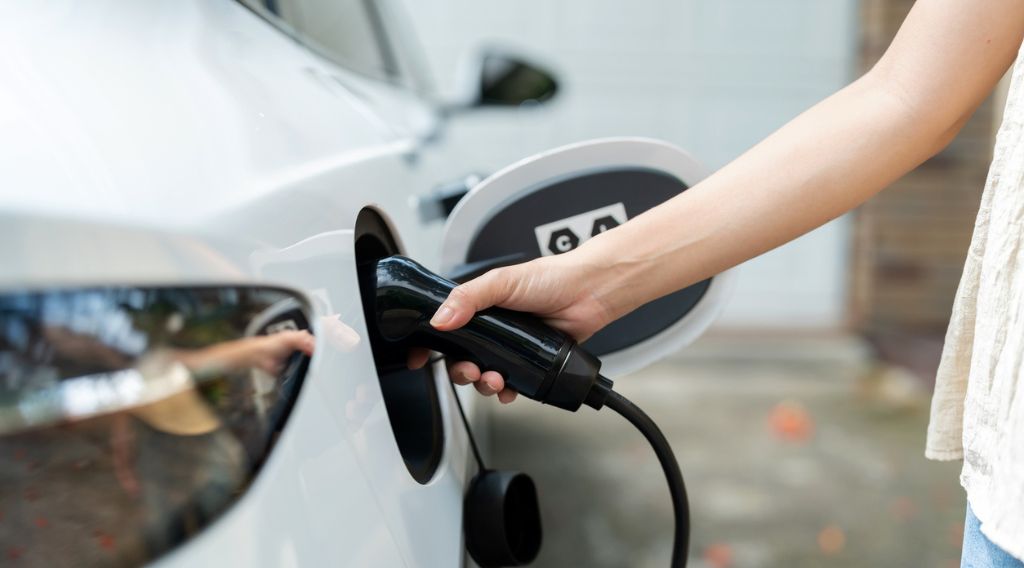
As part of its September quarterly meeting, the Midcontinent Power Sector Collaborative (MPSC) had the unique opportunity to tour General Motors’ Battery Lab and learn about the power behind electric vehicles. Led by GM employee Douglas Drauch, the tour consisted of multiple stops including the Pack Lab, Cell & Module Lab, and Shaker Room.
Before battery packs get placed into a Chevy Volt, Spark, or Bolt, they go through rigorous testing at the Pack Lab. Through GM’s technological advances, staff can test battery performance across any environment in the world without leaving the lab. Some of the environments include Extreme Cold, Hot Humid, and Hot Dry, which are achieved by controlling the humidity in each lab space from 5 percent to 98 percent as well as the temperature. Additionally, GM tests how different drive events affect battery performance. For example, staff can run a simulation of a standard errand to a store complete with cool down and warm up time. GM strives to simulate the numerous ways people use their vehicles to understand how batteries will perform in the real world.
In addition to testing battery performance, GM works to improve battery pack design at the Pack Lab. For example, the GM Volt Gen 2 battery has redesigned cells and fluid management, which translates to less parts and cost (driving the cost of the vehicle down) and a higher range through more amp hours.
While GM owns and designs battery packs, it does not design or build battery cells. Rather, it works with cell suppliers to meet its needs. All cells received by GM undergo rigorous testing in the Cell & Module Lab to ensure the cell chemistry from suppliers meets the requirements of the battery pack design.
Prior to moving out of the lab, all battery packs are further tested in the Shaker Room, which tests how vibrations impact battery performance (think potholes). GM’s Three Access Shaker with a hard chamber surrounding it allows GM to control temperature and humidity as well as vibrations, providing the ability to test real performance conditions, even on cars that don’t exist yet. This allows GM to continue innovating and understanding battery performance in real world conditions before building new EV prototypes.
Beyond the main rooms the MPSC toured, Drauch indicated that GM tests for nail penetration, over charging, salt water (in light of recent flooding), and other things that might impact battery life. GM is also testing secondary use of battery packs (once battery packs have degraded beyond a useful point for vehicles), but it hasn’t seen enough significant degradation in battery packs from normal wear and tear in the field yet.
The MPSC brings power companies—investor-owned utilities, generation and transmission cooperatives, merchant generators, and a municipal joint action agency—together with environmental organizations and state environmental and utility regulators to consider an optimal approach to reduce carbon emissions from existing power plants and decarbonize the transportation sector. The MPSC is convened and staffed by the Great Plains Institute.


